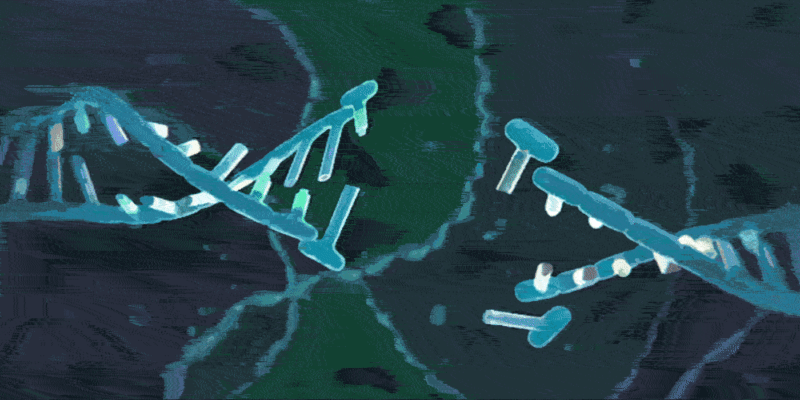
- Teacher: Galib Muhammad Abrar Ishtiaque

There is no content in this section.
To add content, click on the above link ‘Edit course text’
Welcome to the Database Systems course! In this course, we will be using SQL Server to learn about administering a database, as well as the basics of the SQL language. In this course we will learn about database management system, database languages, data models, database design. This course will focus on how to use the SQL language in order to view and manipulate data. This will include creating and deleting various database objects, adding and altering data within tables, and viewing and sorting data. After completing this course, you will have hands-on experience in administering a database know how to use the SQL language in order to manage it.